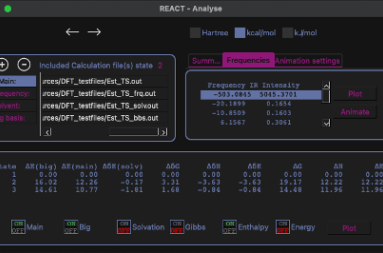Navigating e-infrastructure services with limited or no prior knowledge of High-Performance Computing and handling large datasets can be challenging. The technical complexities and unfamiliar tools might feel overwhelming, creating a steep learning curve for researchers inexperienced with large-scale data analysis or HPC.
Understanding these difficulties, we offer specialised support through Advanced User Support (AUS). Our team of experts is here to assist you, guiding you through the intricacies of e-infrastructure services. With their help, we aim to make your efforts smoother and more rewarding, ensuring you can fully harness the potential of the resources we provide.
What is AUS?
Advanced User Support (AUS) is a specialised service that goes beyond basic user support provided to any researcher using the national e-infrastructure.
AUS is designed to offer more in-depth and tailored assistance to research groups or communities, enabling them to optimise their use of e-infrastructure resources effectively.
Through AUS, researchers can receive expert guidance and support from highly competent professionals, ensuring the smooth operation and effective utilization of e-infrastructure resources, ultimately enhancing their research outcomes and capabilities.
Applicants for AUS should be responsible for an ongoing project on HPC and/or data storage resources or have the intention to take up such a project.
AUS categories
Our AUS service is divided into:
• Project-based AUS
• Discipline-specific AUS, and
• User Liaisons
Project-based AUS provides dedicated support to specific research projects, addressing their unique needs and challenges.
Discipline-specific AUS focuses on offering specialized assistance to researchers within particular scientific domains, catering to their specific requirements.
User Liaison AUS involves long-term arrangements co-developed and co-funded with strategic partners, such as national research infrastructures, Centers of Excellence, or large user communities.
How to get access?
Please get in touch with us at contact@sigma2.no if you are interested in our AUS service.
You must submit regular progress reports as per the AUS project's length, and a final report once the project ends.
Progress report
Submit regular progress reports as per the project period's length. Reports must be made at least once every four months, with reporting dates specified in the project plan.
Include deviations from the project's objectives, original plan, and expected results, along with any corrective actions taken.
Each progress report should be approved by the project responsible and the person(s) carrying out the work before submission.
Final report
Submit a final report at the project's end.
All final reports will be shared with the Resource Allocation Committee (RFK) and the Sigma2 Board.
They may be referenced during the evaluation of future applications for advanced support.
Research activities
Below you will find a selection of research projects that have utilised the Advanced User Support service.
Related activities
We offer many services that you may be relevant to your research projects. Below, you can see a few selected ones, and if you visit our services overview, you will find all we have on offer.


